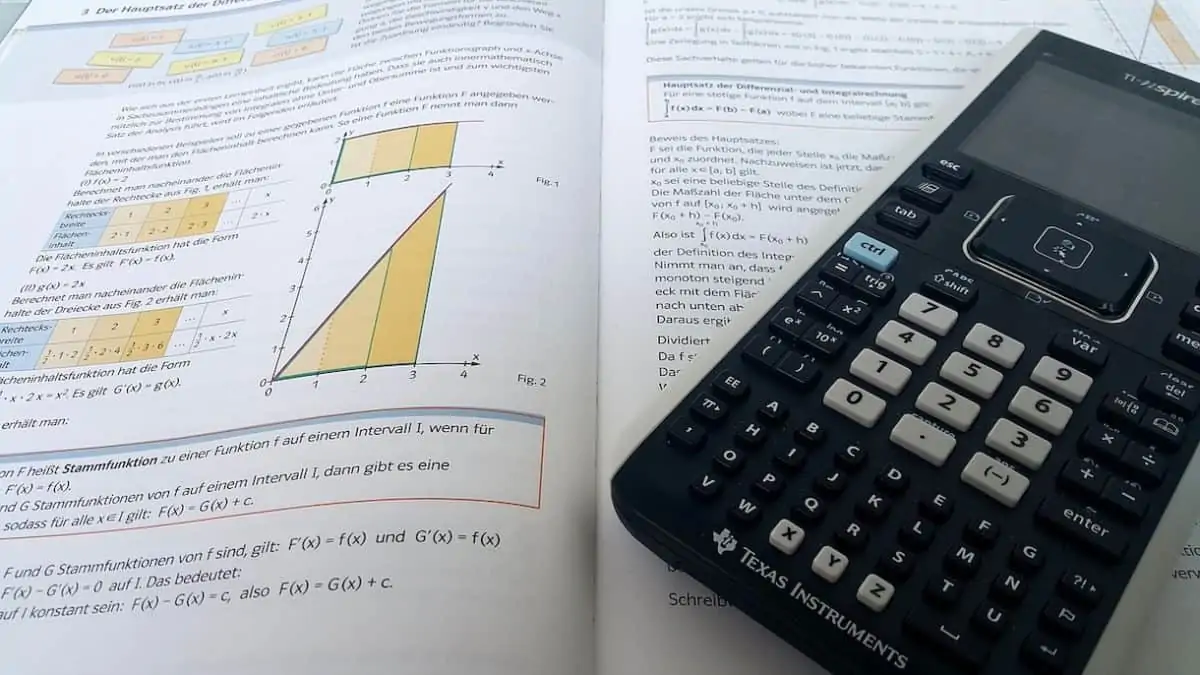Mean, median, and mode are the different mathematical tools and measures of central tendency.
Central tendency is the tendency of a given set of observations to gather around a single central or middle value and the single value that represents the given set of observations is described as a measure of central tendency or location or average.
Finding central tendency with the help of mean, mode and median have various real-life applications. In this article on mathematical tools, we will go through mean, median, and mode and discuss some examples related to it.
Let’s Learn About Mean
For a given set of observations, the arithmetic mean may be defined as the sum of all the observations divided by the number of observations. This can be explained easily by solving an example. Let us assume that there are five observations: 10, 20, 30, 40, and 50.
According to the formula, the sum of total observations is 150 and the number of observations is 5. Then we put these observations in the formula and get = 150 / 5 = 30. Thus, the mean of the set of observations is 30. Similarly, in the case of grouped data, the formula for mean is, x̄ = Σ fX/N.
Where,
X = observations of the set of given data.
f = frequency of the individual data
N = sum of frequencies
What is Median?
Median, for a given set of observations, may be defined as the middlemost value when the observation is arranged either in an ascending order or a descending order of the given magnitude.
For example, if the marks of the 7 students are 71, 87, 56, 80, 65, 52, and 68, then in order to find the median mark, we arrange these observations in the following ascending order of magnitude, 52, 56, 65, 68, 71, 80, 87. Since the 4th term that is 68 in this new arrangement is the middlemost value, the median mark is 68.
For an even number of observations, the median is calculated by taking the arithmetic mean of the two middle-most values of the observations.
Here, Median = [ (n + 1) / 2] th observation.
Similarly, in the case of a grouped frequency distribution, we find the median from the cumulative frequency distribution of the variable under consideration. The median formula is given below:
M = l1 + [(N/2 – N1) / (Nu – N1)] × C
Where,
I1 = lower class boundary of the median class
N = total frequency
N1 = less than cumulative frequency corresponding to l1
Nu = less than cumulative frequency corresponding to l2
l2 is the upper-class boundary of the median class
C = length of the median class
More About Mode
For a given set of observations, the mode may be defined as the value that occurs the maximum number of times. Thus, the mode is that value that has the maximum appearance of observation around it. Thus, if the observations are 5, 6, 7, 8, 5, 9 the mode of the given data will be 5 as it occurred most times.
The definition of mode is not always defined. In case of that situation, we may consider the following formula for computing mode from a grouped frequency distribution:
Mode = l 1 + (f 0 – f -1)/ 2f0 – f-1 – f1) × C where,
l1 is the lower-class boundary of the modal class.
f0 is the frequency of the modal class.
f-1 is the frequency of the pre-modal class.
f1 is the frequency of the post-modal class.
C is the class length of the modal class.
Do You Run Away from Maths? Online Math Classes Can Come to Your Rescue
Do you find mathematics very tough and boring, and you always run away from this subject? If you do, Cuemath can come to your rescue. It provides online math classes at very affordable rates. The best part about online math classes is that it helps you gain conceptual clarity by making you visualize different problems.
Teachers from Cuemath make you solve math worksheets along with real-life problems which helps you to understand the significance of each chapter and relate it in practical areas.

